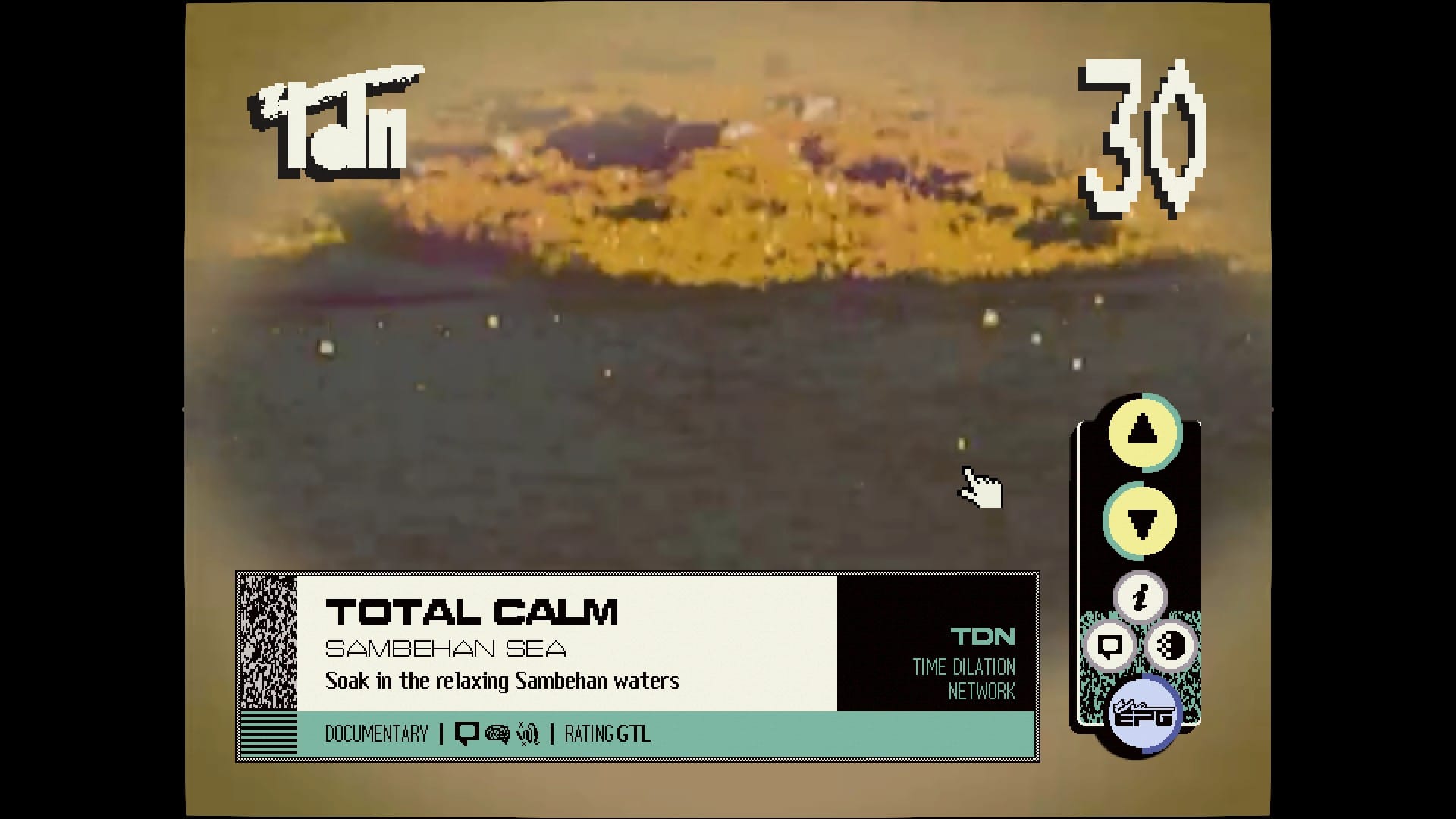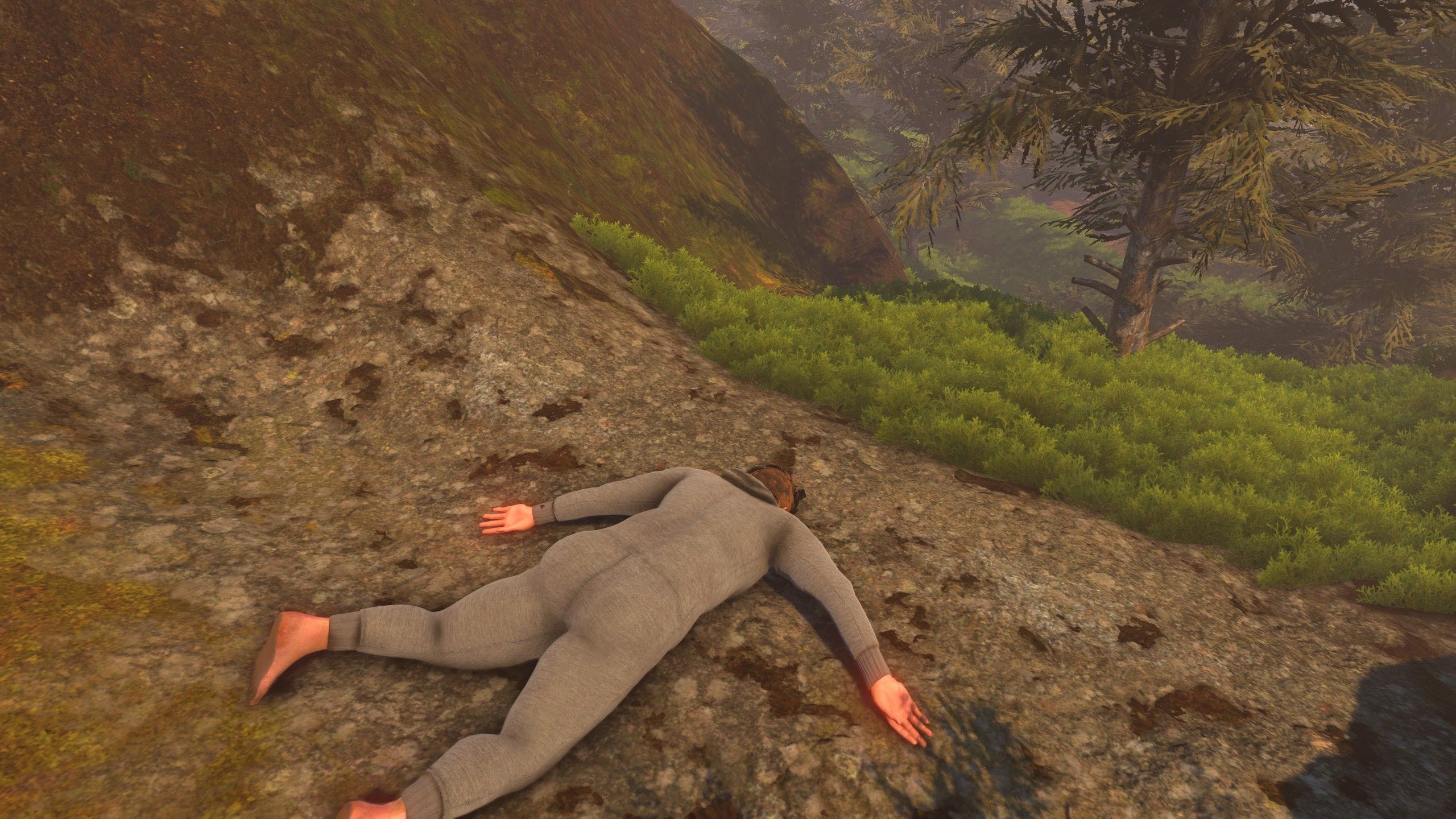My patience for the “hardcore” brand of platformers (think Super Meat Boy) has waned a lot over the years. At one time, I was willing to put up with the intense challenges they posed, that forced me to constantly try to perfect each jump to navigate their ever-increasing levels of difficulty. But now, the thought playing such a game just makes me tired and preemptively frustrated.
Enter Almost There: The Platformer. Almost There is one of those platformers, but one that’s far more manageable than many of its peers on virtue of its short, quick-fire levels. It keeps things simple: you play as a white cube. Your goal is to reach the end of the level as fast as possible by running, jumping, and dodging obstacles (lasers, bullets, spikes, etc.) along the way. The faster you complete the level, the better your rating. There are three tiers of levels, each one upping the challenge. The levels are quick, generally no more than 10-15 seconds long, and that’s good, because the appeal of high difficulty platformers like this don’t work as well when the levels are too long and complex. Shorter sections also make it easier to progress, since you’re not spending hours trying to perfect each individual part of a sprawling course but instead focusing on a single challenge you can quickly overcome.

Almost There smartly centers each stage around a single idea and steadily iterates on it over time, before moving to the next and starting over. You might start off jumping over spikes, only to suddenly need to be jumping over even more traps that run back and forth across smaller platforms. A laser might switch on and off along the ground, forcing you to quickly move and jump into cover between shots, only to then make you navigate more complicated arrays of lasers. It creates a steady difficulty curve that makes it easily to adjust to what the game increasingly demands of you without ever overwhelming. By the time you start seeing Almost There‘s more devious, more demanding stages, you’re well accustomed to its particulars and are ready for them.
That’s one of the things that made N++ work. In addition to its non-linear progression (which also exists to some degree in Almost There, since you can jump between tiers at any time once they’re unlocked), its levels were quick and slowly introduced its more punishing designs. The ramp up to those levels felt fair and carefully considered so that you wouldn’t suddenly be thrown into something ridiculous before you were ready. Almost There feels the same, and is a major part of why it works.
As much as I love some good platforming, it’s tough to find games like this that don’t feel insurmountable. Almost There will almost assuredly reach that point for me eventually, but I’m glad the majority of it has been accommodating. It’s nice to be able to play one of these games again and not feel immediately outmatched.




